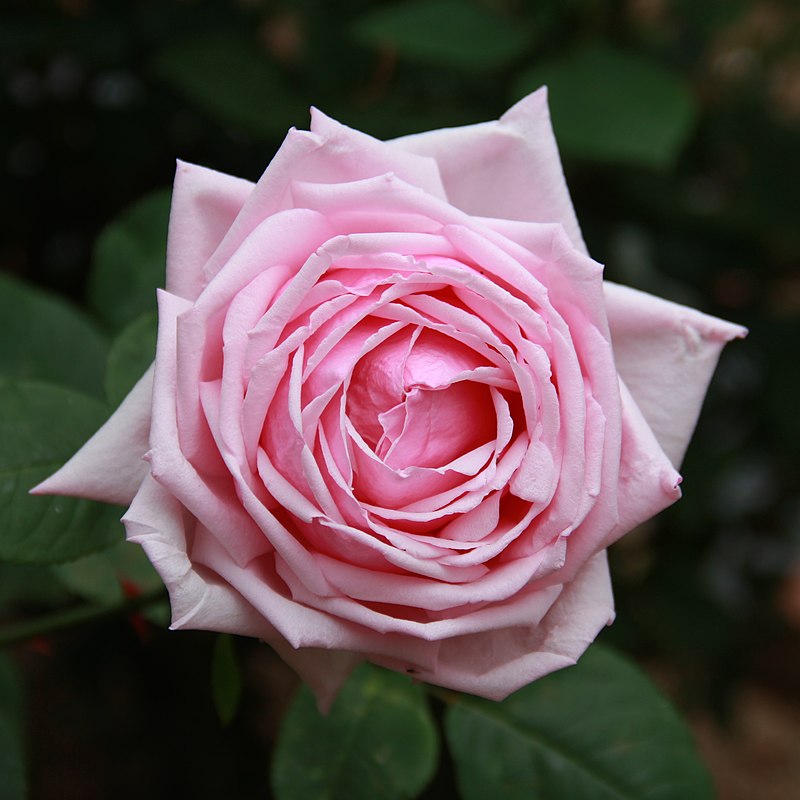Convention has it that "Old Roses" end with Teas and with Hybrid Perpetuals and that Hybrid Teas usher in "Modern Roses". There are thousands of Hybrid Teas, and they do not have many common traits. Generally they say that Hybrid Teas are the result of hybridizing Teas with Hybrid Perpetuals, but this is only partly true because, if one parent is generally a Tea Rose, the other one often is not a Hybrid Perpetual. There are also some Hybrid Teas with very complicated parentage, with chromosomes of some "species" (such as Pernet-Ducher's yellow roses, which are the result of crossing with R. foetida).
Mr. Gerd Krüssmann, in his book "Roses" lists the roses he believes are the ancestors of Hybrid Teas (they were only recognized as a separate class in the late eighteen-eighties): "Duc de Choiseul" in 1825; "Desprez à Fleur Jaune" 1826; "Lamarque" in 1830; "Smith's Yellow" in 1833; "Gloire de Dijon" in 1835; "Victor Verdier" in 1859; "La France in 1867. More than 6000 varieties of Hybrid Teas have been introduced up to the present time.
It is difficult to single out the characteristics of Hybrid Teas: many are climbers, but many more are not; several have a good scent, many more have no scent at all; some, especially from the early nineteen-twenties, are simple roses with 5 petals, but most have long pointed buds that open into fully double flowers. They can be of any colour, from egg yellow to white, pink, salmon, red, even to the violet-grey-bluish hue of "Blue Moon".
What they have in common is that they are strong, healthy repeating plants which produce strong, healthy, vigorous flowers. Perfume and bearing are not a pro-blem. In our garden there are few Hybrid Teas. We first describe the bushes, then the climbing varieties.

